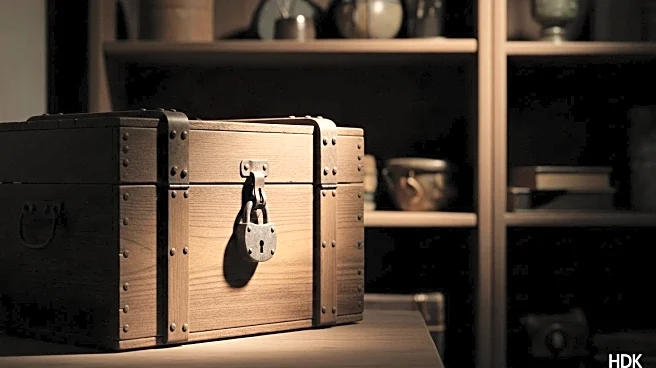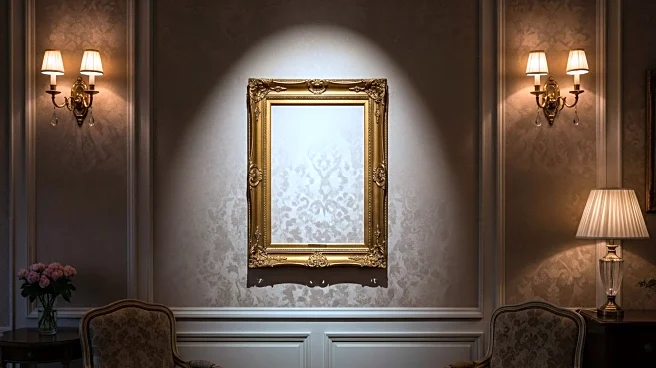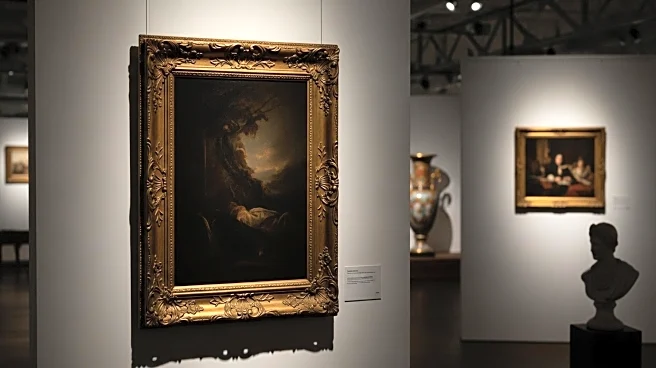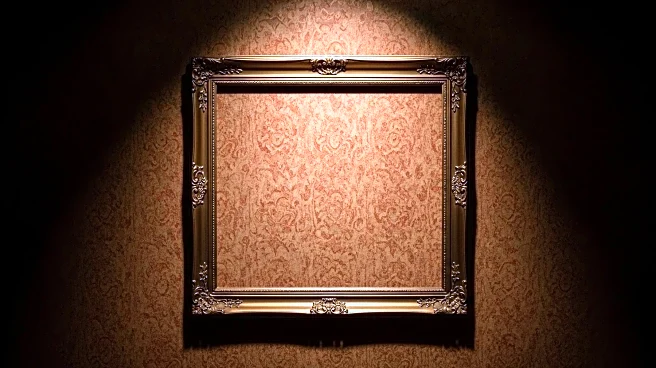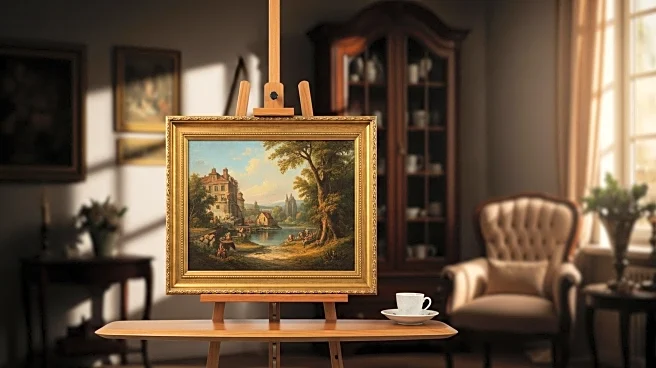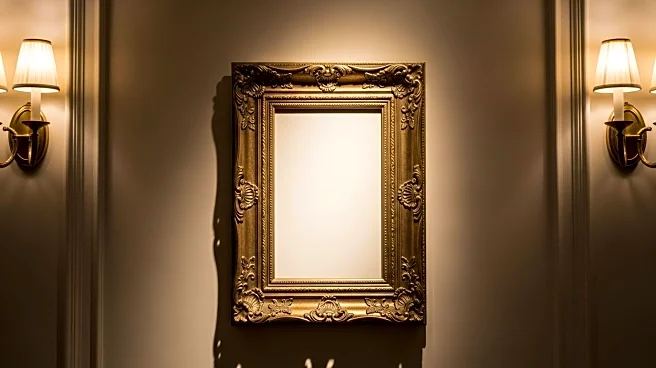What's Happening?
Argentinian authorities are actively searching for a painting looted by the Nazis, which was recently spotted in an estate agent's listing. The artwork, 'Portrait of a Lady' by Giuseppe Ghislandi, was originally part of Jacques Goudstikker's collection, a Jewish art dealer in Amsterdam. The painting was acquired by Hermann Göring during World War II. It later came into the possession of Friedrich Kadgien, a high-ranking Nazi official, who fled to Argentina after the war. The painting was believed to be in the possession of Kadgien's family until recently. Investigators discovered the painting missing from a house in Mar del Plata, where it was last seen in an estate agency photo. The house is owned by one of Kadgien's daughters, who is now under judicial investigation along with her partner. Authorities have seized items that may aid the investigation, including firearms and prints.
Why It's Important?
The investigation into the missing painting highlights ongoing efforts to recover art looted during World War II, a significant issue in art restitution. The case underscores the challenges faced by authorities in tracing and reclaiming stolen cultural property. The involvement of international agencies like Interpol and Argentina's customs agency reflects the global dimension of art theft and restitution. The outcome of this investigation could set a precedent for similar cases, influencing how stolen art is tracked and returned. It also raises questions about the legal responsibilities of individuals possessing such artworks, potentially impacting art market regulations and ownership laws.
What's Next?
Authorities are expected to continue their search for the missing painting, with potential legal actions against those found to have concealed it. The investigation may lead to further scrutiny of art collections with questionable provenance, prompting owners to verify the legitimacy of their holdings. International cooperation could intensify, with more resources allocated to tracking and recovering looted art. The case may also prompt discussions on improving legal frameworks for art restitution, ensuring that stolen cultural property is returned to rightful owners.
Beyond the Headlines
The disappearance of the painting raises ethical questions about the responsibility of descendants of individuals involved in wartime looting. It highlights the moral complexities of art ownership and the importance of transparency in the art market. The case may influence cultural policies, encouraging museums and private collectors to reassess the provenance of their collections. It also serves as a reminder of the enduring impact of historical injustices and the need for continued vigilance in preserving cultural heritage.


